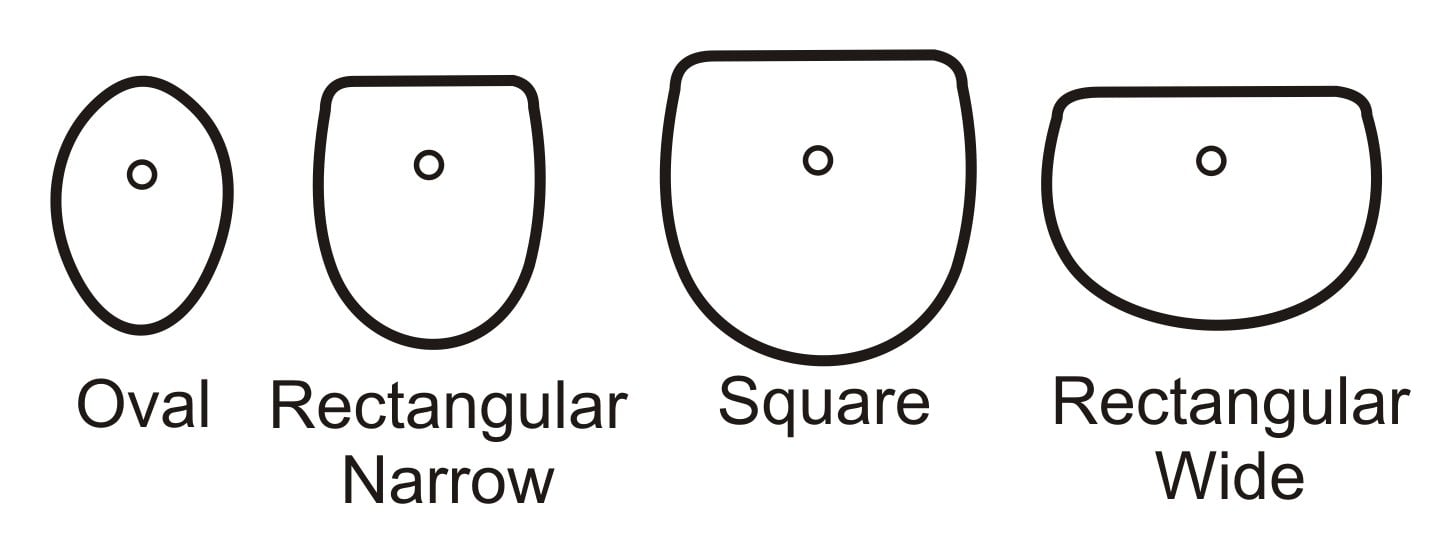An In-Depth Look into Putter Grip Sizing
How will putter grip sizing help your game?
When clubmakers and club fitters discuss grip sizing, many understand exactly what each size should be. For instance we have ladies, men’s standard, mid-size and jumbo nomenclatures. What these dimension mean is that when we measure down 2” below the grip cap, the grips have specific dimensions. The 2” mark is the approximate position of the upper hand on the grip and has been the standard reference point for quite some time. Most clubmaking books show these dimensions for regular grips, but do not have these same references for putter models.
Putter Grip Shapes
Maybe the reason is putter grips are offered in far more sizes and shapes then non-putter grips to be able to create standards. If you take a look at the butt end of putter grips you will find various appearances. Pictured here is just a sampling.
 Some putting grips will have an oval shape, although they will taper further down creating a flat portion at the top for the thumbs to rest. Other will have a more pronounced rectangular shape in which the grip is narrow from side-to-side, but deeper from top-to-bottom. These two categories are the most popular grips you will find and usually the stock offering on most putters. Not common, but you do encounter rectangular grips that are shaped just the opposite, with the wider dimension from side-to-side. One example was the Karma Supra putter grips.
Some putting grips will have an oval shape, although they will taper further down creating a flat portion at the top for the thumbs to rest. Other will have a more pronounced rectangular shape in which the grip is narrow from side-to-side, but deeper from top-to-bottom. These two categories are the most popular grips you will find and usually the stock offering on most putters. Not common, but you do encounter rectangular grips that are shaped just the opposite, with the wider dimension from side-to-side. One example was the Karma Supra putter grips.
Some putter grips will be more uniform from side-to-side and top-to-bottom creating more of a square appearance. Some examples are the SuperStroke or the Lamkin Sink Fit Straight grips. Lastly, you will find a few putter grips that are round (without a flat top) as in the case with a few grips designed specifically for belly and long putters.
Putter Grip Sizing
Within all these basic shapes, you will see various sizes, thus the reason why a putter grip that is considered “standard” will not be a specific dimension when you measure 2” down the grip as in the case with regular grips.
One clue regarding putter grip size, other than in the name of the grip itself, is the weight. The more a grip weighs the larger it will be. Be sure to compare rubber grips to rubber grips and synthetic grips (like Winn and SuperStroke) to one another because the differences in materials and density. The grip weight can affect the swingweight or how “head heavy” the putter is. A lighter putter grip will make the putter feel heavier. The heavier grip will counter-balance the putter making it feel lighter. The heavier putter grip make compliment some of today’s heavier putter head (greater than 350g), while a lighter grip might help increase the heft on the growing trend of shorter putter lengths.
But don’t overlook the importance of the feel in your hands. I would always choose comfort over weight. A smaller putter grip will encourage more of a “wristy” stroke. By increasing the putter grip’s dimensions, this reduces the likelihood of using you’re your wrists as much in the stroke. Instead the larger grip encourages the use of the bigger muscles in your upper arms and shoulders to propel the putter. I would always encourage players to try different sized putter grips to see if they have a certain preference.
